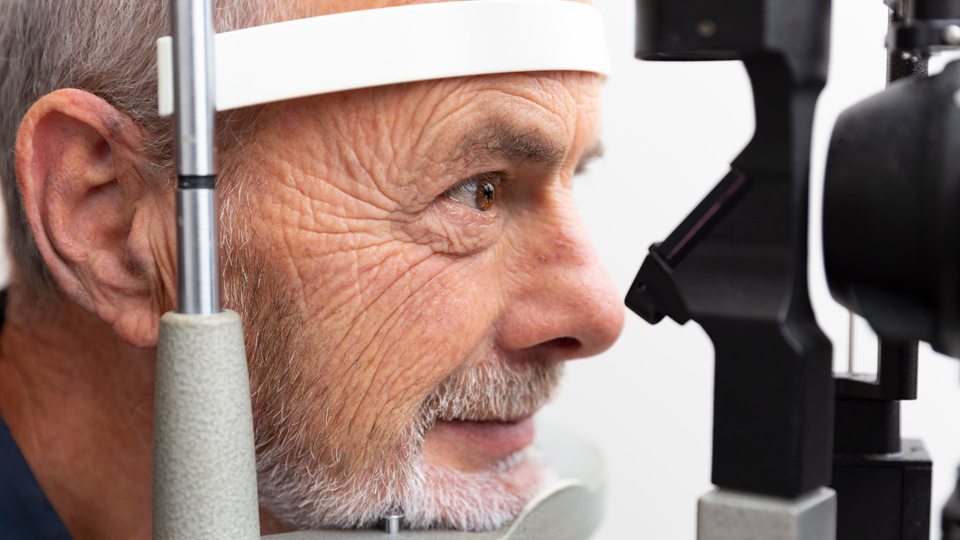Adult strabismus: causes and treatment
25/11/2025

29/07/2025
High blood pressure is a systemic condition that can severely affect vital organs such as the brain, heart, kidneys, and eyes. Its progression is silent, gradually damaging tissues before harmful effects on the organs become clinically evident.
The retina is the only place in the body where we can directly observe blood vessels using a simple, non-invasive technique known as ophthalmoscopy. This makes it possible to detect early vascular changes related to systemic diseases such as hypertension.
Elevated blood pressure can cause structural and functional damage to the retinal vessels, leading to a condition known as hypertensive retinopathy—a collection of ocular signs that appear in the retina due to hypertension. The higher and longer-lasting the blood pressure, the more severe the damage to the eye is likely to be—and, by extension, to other organs as well.
Recent studies also warn that hypertension may affect other ocular structures, such as the optic nerve, vitreous, and choroid, increasing the risk of irreversible visual loss if timely treatment is not received.
There are multiple factors that can increase eye damage in hypertensive patients. Among these are arteriosclerosis, advanced age, diabetes, elevated levels of cholesterol and triglycerides, and tobacco use.
The severity of retinopathy also depends on the pre-existing condition of the retinal vessels and how rapidly hypertension develops. Based on these factors, two clinical forms are distinguished:
This is the most common form. Initially, it may be asymptomatic, but over time it can lead to visual problems. It is typically diagnosed during a fundus examination, where the following may be observed:
This appears suddenly and is usually accompanied by very high blood pressure, severe headache, and sudden vision loss. On examination, the following signs may be present:
There is no specific treatment for hypertensive retinopathy. The main goal is to strictly and consistently control blood pressure. In most cases, sustained reduction in pressure can partially reverse the lesions. However, in poorly controlled patients, irreversible damage and permanent visual sequelae may occur.
It is also crucial to address other cardiovascular risk factors and have regular ophthalmological follow-ups to prevent major complications.
Every patient with high blood pressure should undergo regular eye check-ups. The frequency of these evaluations depends on:
Early detection of ocular signs can not only preserve visual health but also provide a warning about the general state of the vascular system.
High blood pressure and visual health are closely linked. The retina provides a unique window to observe the effects of hypertension on the vascular system. Thanks to simple tests like ophthalmoscopy, early damage can be detected and addressed before serious complications occur.
Keeping blood pressure under control, adopting healthy lifestyle habits, and attending regular eye examinations are key to protecting both vision and overall health in hypertensive patients.
Dr Sònia Viver, ophthalmologist at the Barraquer Ophthalmology Centre